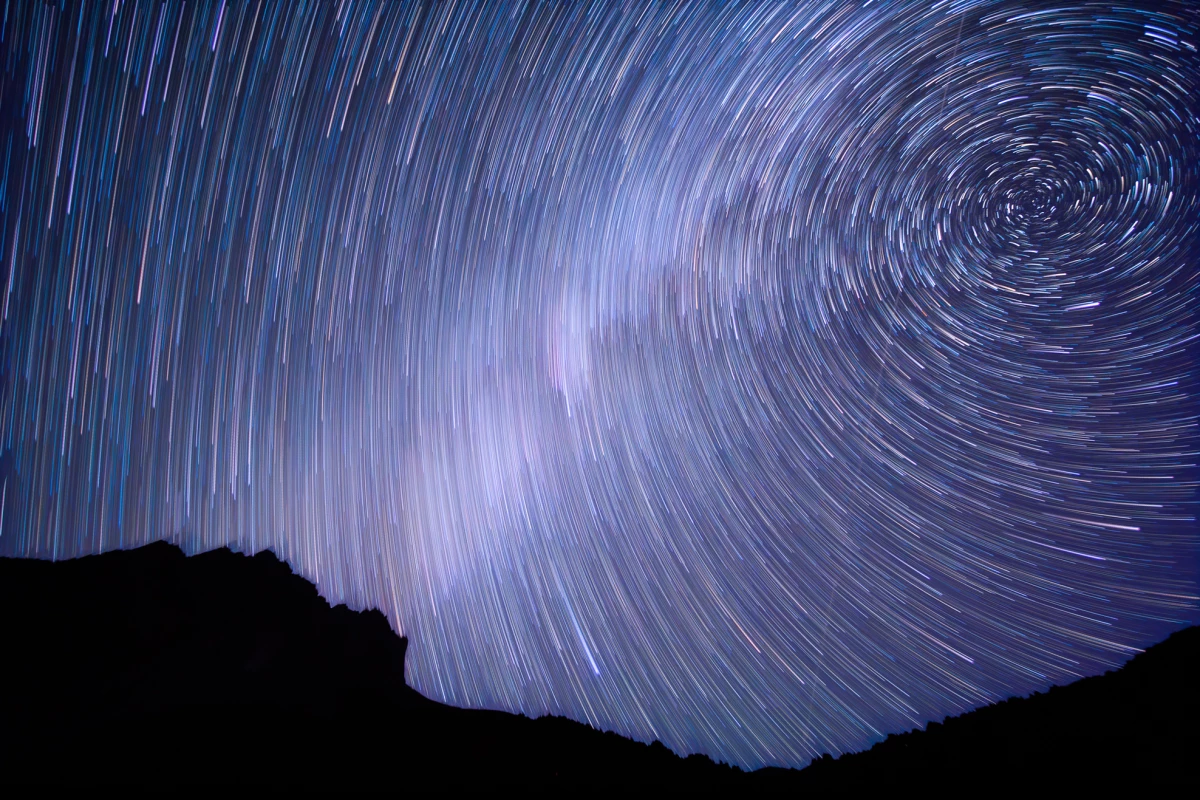Geologists have discovered a long-term cycle that may connect the formation of Earth’s continents to increased comet impacts and the planet’s journey through the galaxy. The team connected fluctuations in tiny grains in stable parts of the crust to the times our solar system passed through the galaxy’s spiral arms.
The Earth’s crust is mostly formed out of magma from the mantle cooling and crystalizing into solid rock. Geologists can trace back the timeline of crust formation by studying the age of different grains based on the decay of trapped radioactive isotopes, as well as their composition.
For the new study, led by Curtin University, the team investigated the age and compositions of mineral grains in two cratons – very old chunks of crust with roots that extend hundreds of miles into the Earth, making them extremely stable against seismic forces – the Pilbara Craton in Australia and the North Atlantic Craton in Greenland. Both of these regions have been dated to between 2.8 and 3.8 billion years old.
In doing so, the scientists observed patterns that suggested crust production spikes every 170 to 200 million years. Intriguingly, this was consistent across both cratons, even though they’re at opposite ends of the planet, indicating the cycle isn’t caused by local factors. Far from it – the researchers found that it could be the result of a cycle playing out on a galactic scale.
Everything in the Milky Way galaxy is spinning around the supermassive black hole at the center, but it’s not all moving at the same speed. Our Sun, and the solar system as a whole, is traveling at about 240 km (150 miles) per second, while the large spiral arms orbit slower, at about 210 km (130 miles) per second. That means that periodically, the solar system will pass into and out of these more dense spiral arms. How periodically? About every 200 million years.
The team says that when our neighborhood moves into one of the spiral arms, gravitational influences of the higher density of material can shake material loose from the Oort cloud, which surrounds the solar system. These objects can then migrate towards the inner solar system in the form of comets, increasing the chances of collisions with Earth.
Comets tend to travel at much higher speeds than asteroids, and the team says that when they strike Earth, they excavate and melt large portions of the mantle, causing the molten rock to rise to the surface and float on top of the denser mantle material. As these sections cool, they form “seeds” of continental crust, that can grow over time as more magma sticks to them.

“Our study reveals an exciting link between geological processes on Earth and the movement of the Solar System in our galaxy,” said Professor Chris Kirkland, lead researcher on the study. “Linking the formation of continents, the landmasses on which we all live and where we find the majority of our mineral resources, to the passage of the Solar System through the Milky Way casts a whole new light on the formative history of our planet and its place in the cosmos.”
Further evidence may be present in the ages of spherule beds, layers that contain concentrations of material produced when the pressure and heat of impacts vaporizes rock that then rains back down. The team says that a correlation was found between some spherule beds and times when the solar system would have moved into a spiral arm, 3.25 and 3.45 billion years ago. The last time we encountered a spiral arm, according to the research, was around 66 million years ago – famous for when a huge asteroid or comet slammed into the Earth, wiping out the dinosaurs.
While it’s certainly an intriguing story, much more evidence will be needed before it becomes the accepted theory for how the continental crust came to be. Currently, it’s believed that most of it remains the result of internal processes.
The research was published in the journal Geology.
Sources: Curtin University, The Conversation, Geological Society of America




